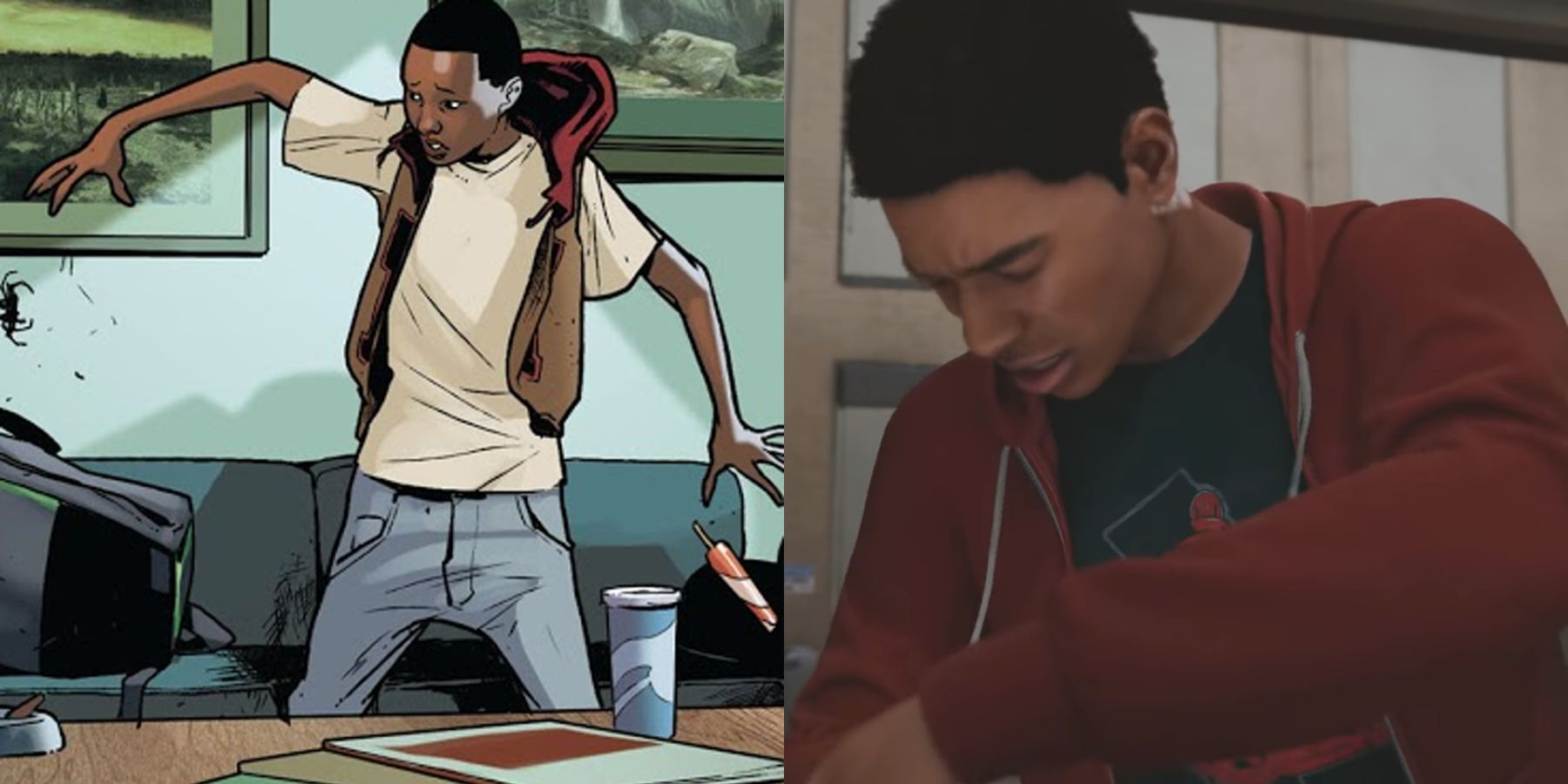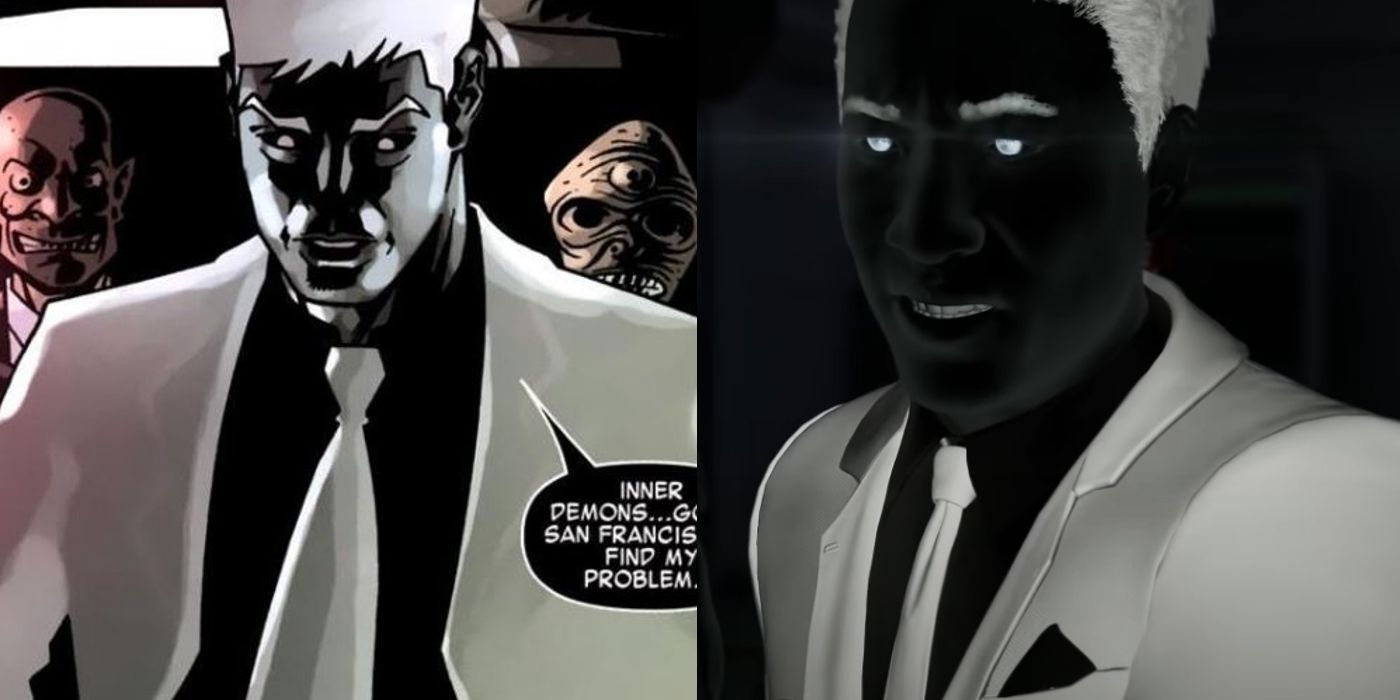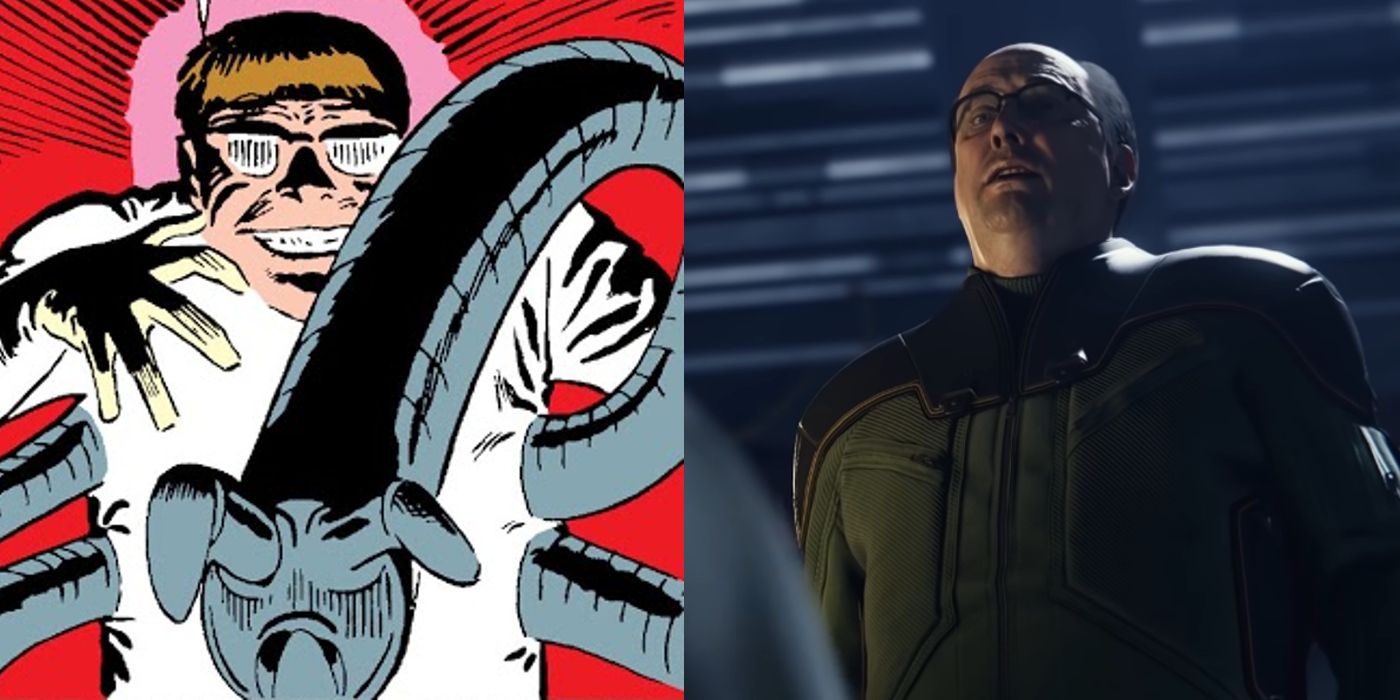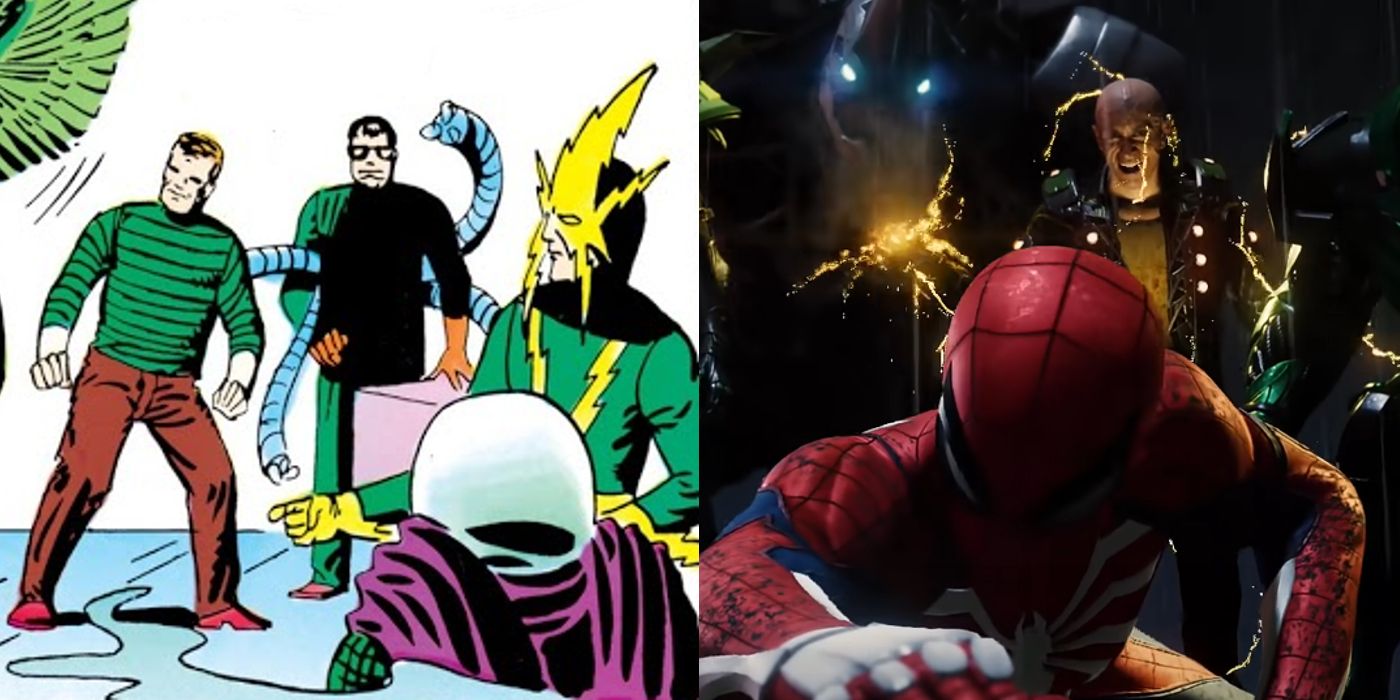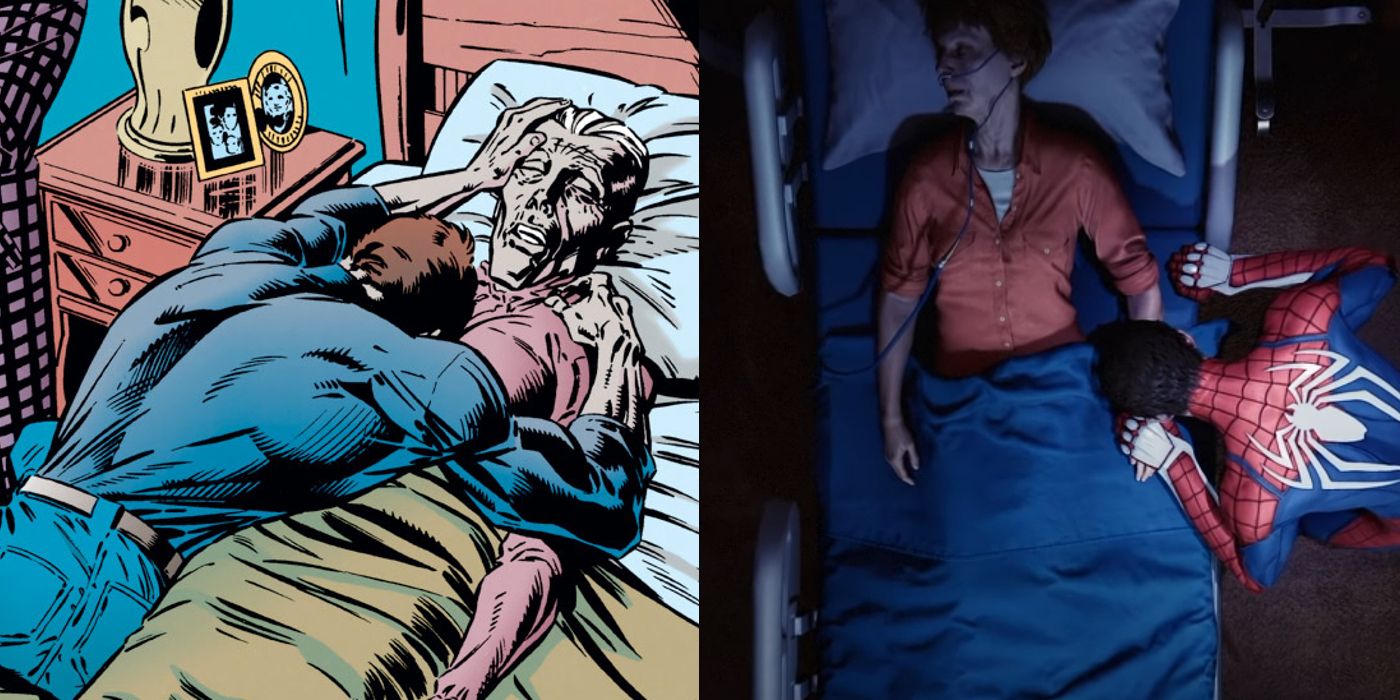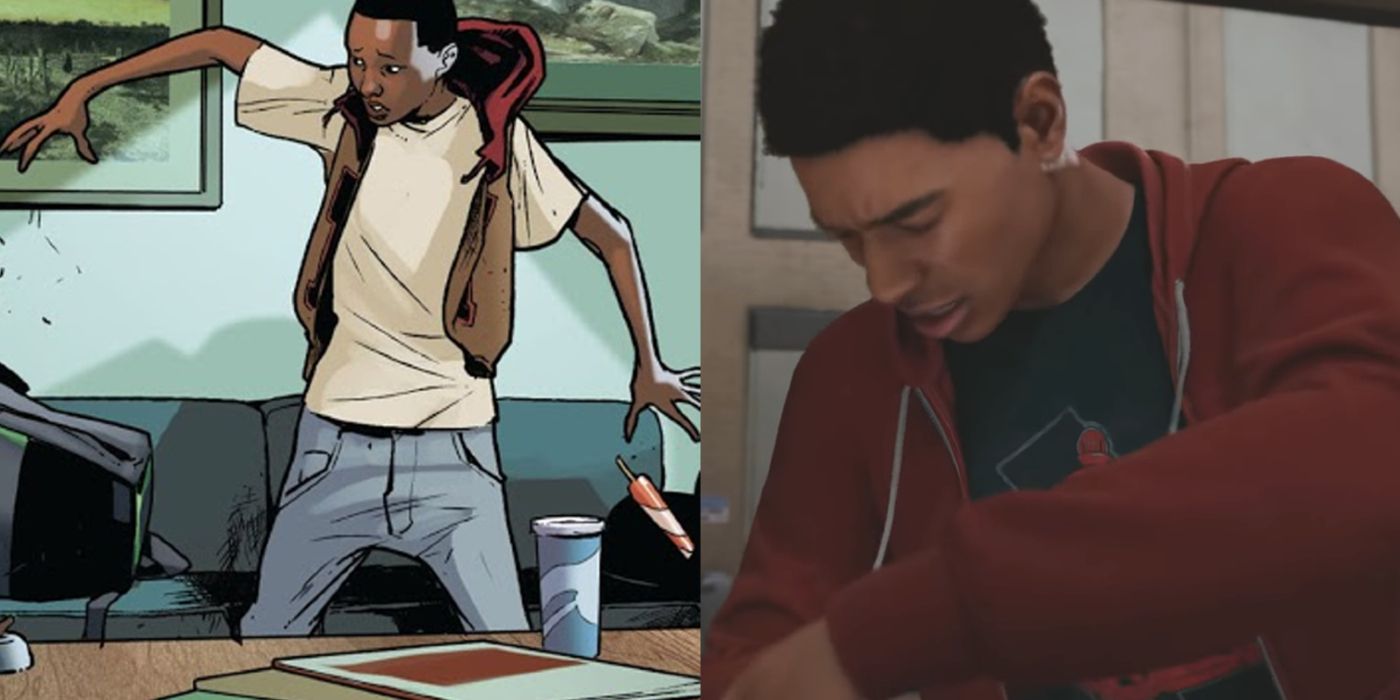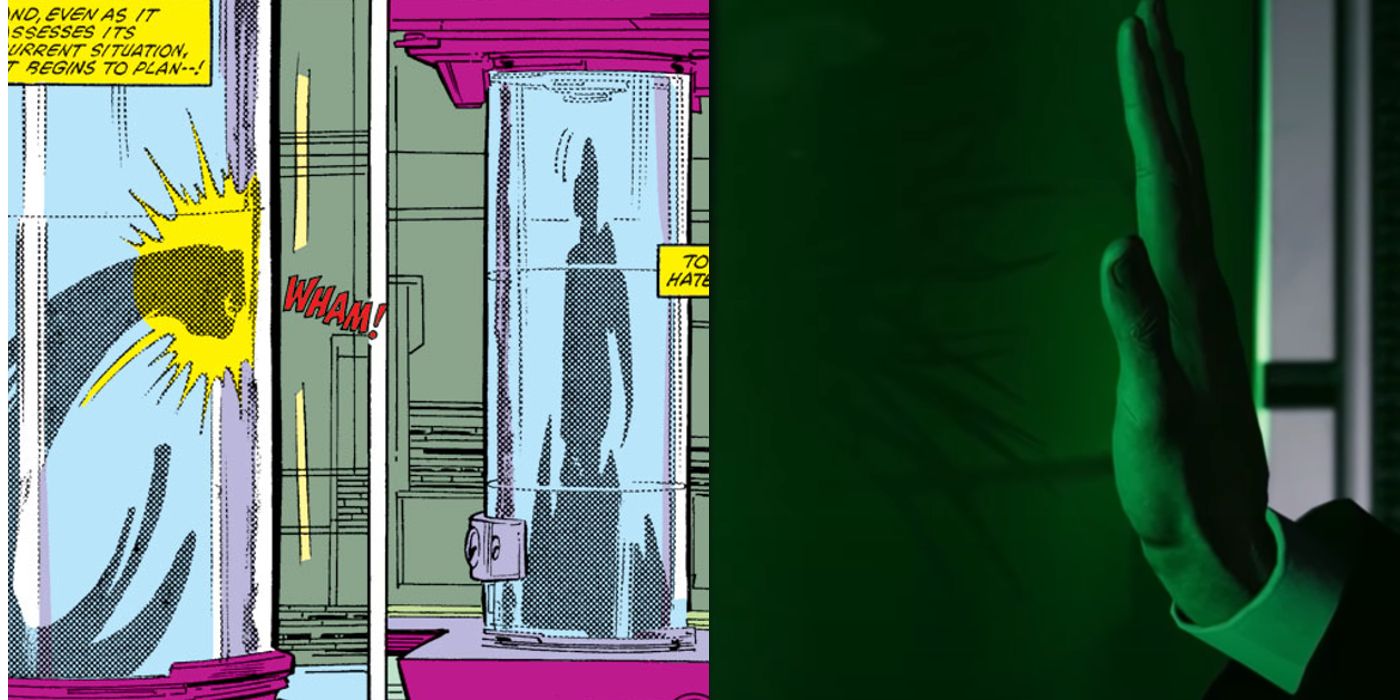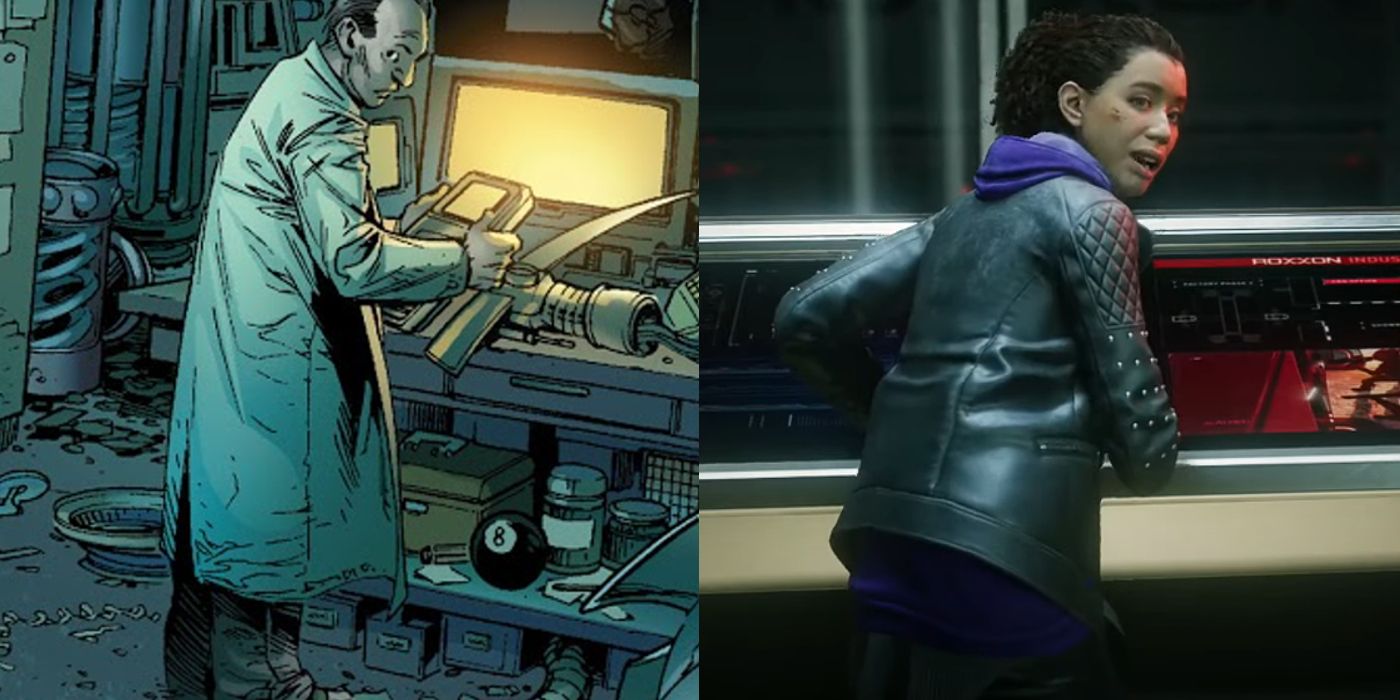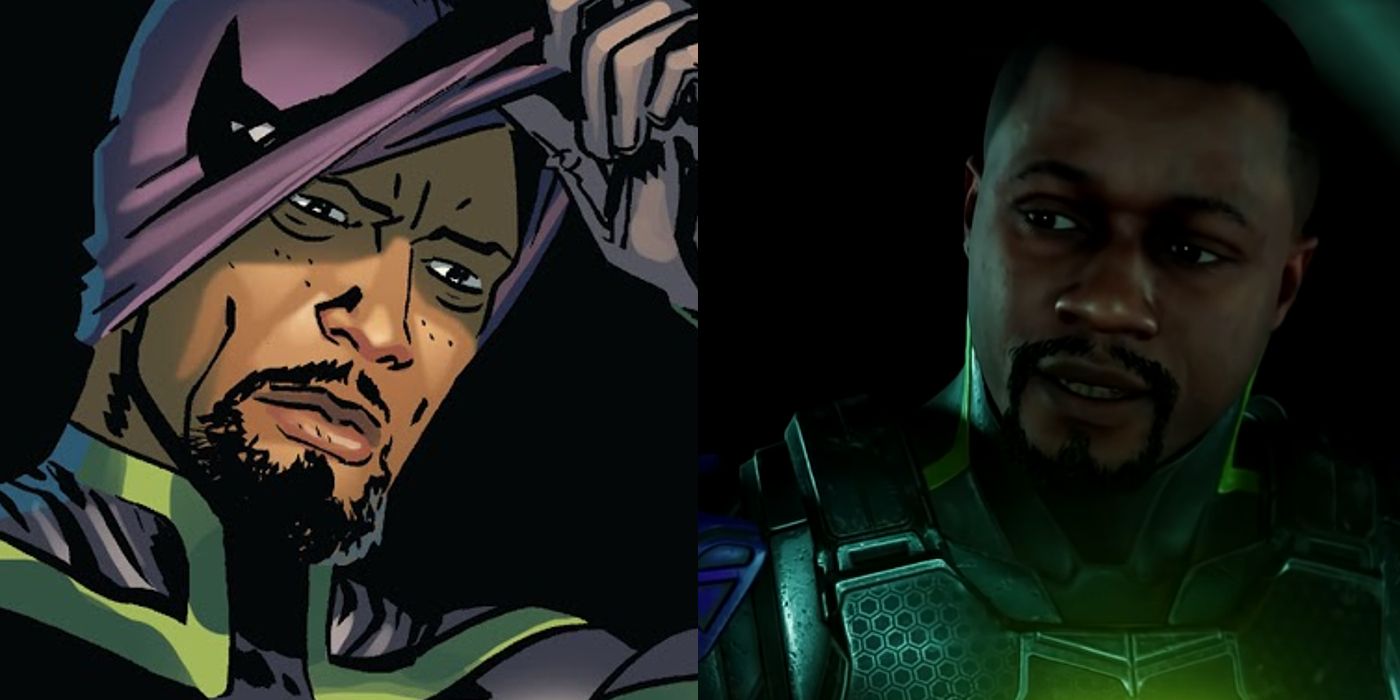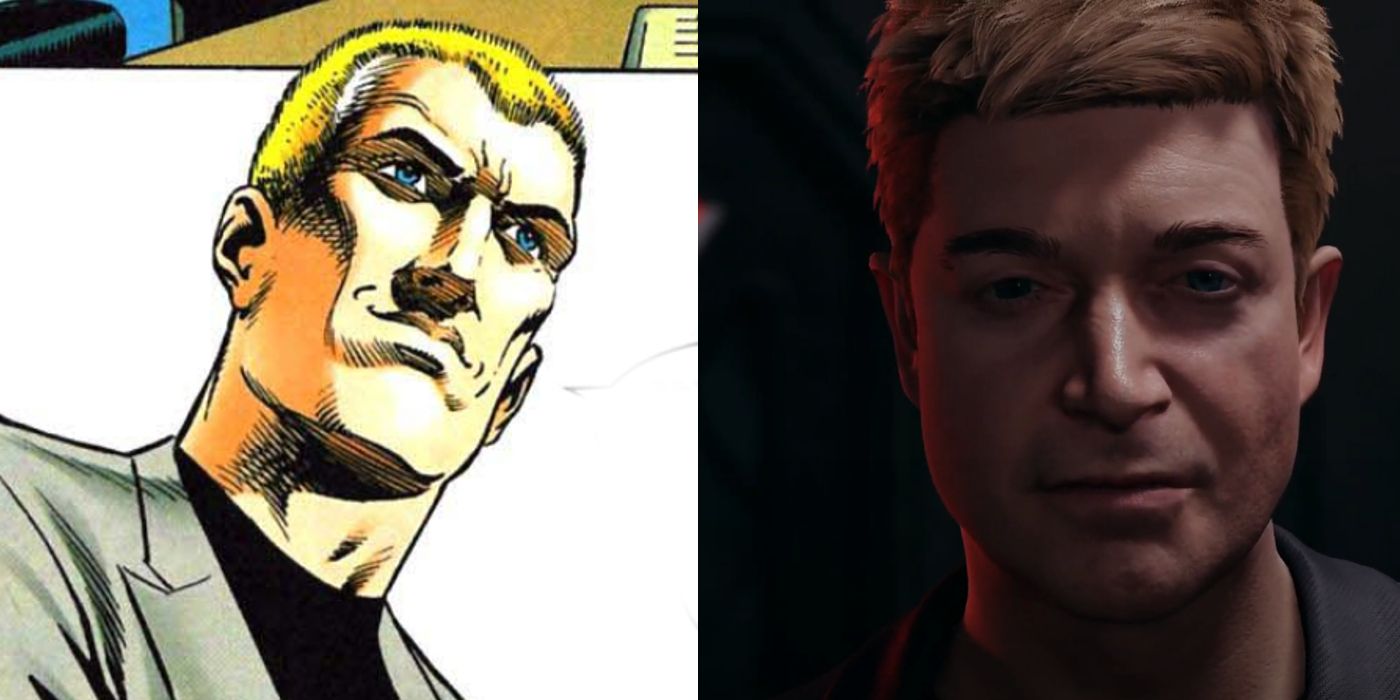Unlike other superheroes, Spider-Man has been relatively lucky with the success of his video game tributes. Even the games that were developed to accompany the release of the original Sam Raimi trilogy, while dated, are still beloved by many. With the latest entries from Insomniac Games, Marvel's Spider-Man, and Spider-Man: Miles Morales, Spider-Man could now arguably boast the best video game adaptations of any superhero out there.
For most fans, one of the easiest ways to create an enjoyable superhero game is to make a faithful one. With its first two Spider-Man games, Insomniac Games pulled a ton directly from the comics, weaving a narrative that was inspired by Spider-Man's first adventures all the way to some of his most recent storylines. In almost all cases, Insomniac Games has put its own spin on familiar stories, but the comic parallels are undeniable.
Spider-Man: Brand New Day
The first and largest inspiration for Marvel's Spider-Man was the Brand New Day storyline. It saw Spider-Man first begin to face off against Mister Negative and the Inner Demons. It's also the comic responsible for introducing Devil's Breath as a weapon. While his powers remain mostly unchanged, Mister Negative's underlying motivation differs greatly between the comic and the game, especially with regards to his connections to Norman Osborn.
As a bonus, Brand New Day is also likely an inspiration for the upcoming Spider-Man: No Way Home. At the beginning of the Brand New Day storyline, Peter Parker's identity has been forgotten by everyone after being revealed worldwide, which is the same request he makes of Doctor Strange in the trailer.
Amazing Spider-Man #3
Doc Ock is one of Spider-Man's earliest villains, right behind Chamelon and Vulture. Since fans are treated to his origin story in Marvel's Spider-Man, the source the video game pulls from is fairly obvious. While the events don't play out in the exact same way, the inspiration for the in-game narrative is Amazing Spider-Man #3, Doc Ock's first appearance and origin story.
In the early comics, there isn't any connection between Peter Parker and Otto Octavius, but in the game, Parker and Octavius are working in tandem to develop advanced prosthetics. This is where the Doc Ock of Marvel's Spider-Man gets his octopus-like limbs, but Doc Ock in the comics originally receives his extra limbs from an explosion that permanently fuses a set of arms used for handling radioactive material to his body.
Amazing Spider-Man Annual #1
Yet another example where the inspiration is quite clear but the events play out a bit differently. The Sinister Six was first introduced in Amazing Spider-Man Annual #1, and, like in the game, it is a group of Spider-Man's familiar villains that take on the web-slinger after breaking out of prison. Like in the comics, Doc Ock acts as a de facto leader for the group.
There are still a few major differences between the two iterations of the Sinister Six. First, and most glaringly, is the membership. In the comics, the Sinister Six originally consists of Doc Ock, Kraven the Hunter, Electro, Sandman, Mysterio, and the Vulture. Marvel's Spider-Man keeps Doc Ock, Electro, and the Vulture, but switches out the other members for the Rhino, Mister Negative, and the Scorpion. In their first encounter in the comics, Spider-Man dispatches the Sinister Six with relative ease, but the roles are reversed in the game.
Amazing Spider-Man #400
When Amazing Spider-Man #400 came out, it left every Spider-Man fan weeping. The scene recreated in Marvel's Spider-Man is no less powerful, in fact, it might even be more effective than the original due to a few small tweaks. In the original comic, Aunt May and Peter's conversation about his secret identity and Uncle Ben takes place on the Empire State Building before May's condition deteriorates. In Marvel's Spider-Man, this entire conversation takes place in the hospital while she is on her deathbed. In the game, the time between Aunt May's revelation to Peter and her death is less than two minutes, leaving fans with no time to prepare.
The biggest difference between the two is that in Marvel's Spider-Man, Peter is left with the choice of whether to save Aunt May or save everyone else. In Amazing Spider-Man #400, Peter is completely helpless. Both situations are utterly heartwrenching for the viewer, but Marvel's Spider-Man's twist on the story adds an even deeper layer.
Ultimate Comics: Spider-Man #1
While Miles Morales actually debuted a bit earlier, his origin story takes place in Ultimate Comics: Spider-Man #1. For what it's worth, this moment might be where Insomniac Games innovated the least. There are a few moments during the cinematic cutscene that appear as almost exact replicas of the original panels. It's also arguably the most important moment in Marvel's Spider-Man, as it is this scene that set up the highly successful sequel Spider-Man: Miles Morales.
In the comics, Miles Morales's uncle Aaron carries the spider back from Osborn Industries after a break-in, but in Marvel's Spider-Man, it is instead Mary Jane who unwittingly exposes Morales to the spider. Morales also has basically no reaction to the bite in-game, whereas the comics see him foaming at the mouth and passing out.
Amazing Spider-Man #252 and the Alien Costume Saga
In Amazing Spider-Man #252, Spider-Man appears in a black suit that is later revealed to be a symbiote. Once Spider-Man hears that his new suit is a living organism, he doffs his new costume, and the Fantastic Four stick it into a tube to contain it. At the end of Marvel's Spider-Man, Norman Osborn enters a room and rests his hand on a similar tube to the one in the comics where the symbiote reaches out to touch him.
At the end of the sequel, Marvel's Spider-Man: Miles Morales, Osborn once again enters the room, confirming it is his son Harry in the tube. He orders Curt Connors to release his son as the symbiote suit swirls around him, strongly implying the forthcoming appearance of Venom, which was later confirmed by the trailer for Marvel's Spider-Man 2.
Ultimate Spider-Man #90
Ultimate Spider-Man #90 introduced a new iteration of a long-standing but little-known character known as the "Tinkerer." The version of Tinkerer, Elijah Stern, is replicated in Spider-Man: Miles Morales by two characters: brother and sister combo, Phin and Rick Mason. Like Stern, the Mason siblings are both Roxxon scientists who eventually bear the mantle of Tinkerer. In a move mirroring Stern's actions in the comics, Phin eventually wages war against Roxxon, albeit for different reasons.
From there, Insomniac Games diverged completely from the character's lore and created a whole new storyline for the Tinkerer. While there are bits and pieces that are similar, the complex relationship between Phin Mason and Peter Parker is all original to Spider-Man: Miles Morales. Still, Phin Mason's name is clearly derived from the Tinkerer's original name in the comic books, Phineas Mason.
Ultimate Comics: Spider-Man #5 and #7
Basically the entire run of Ultimate Comics: Spider-Man is important to Marvel's Spider-Man: Miles Morales, but issue #5 has Nick Fury revealing Prowler's identity to Miles, and in issue #7 Aaron Davis's journey as Prowler really kicks off. The latter issue establishes Aaron Davis as the type of person who is willing to do anything to protect his family, a well-intentioned man who oscillates between do-gooder and villain.
Ultimate Comics: Spider-Man #7 is also where Elijah Stern meets his untimely demise. When Davis, disguised as Prowler, realizes that Tinkerer is aware of the new Spider-Man's identity, he immediately kills him in an effort to keep his nephew safe.
Iron Man: The Iron Age #1
Marvel's Spider-Man: Miles Morales did a solid job of dipping deep into the roster of Marvel characters and utilizing lesser-known players to their fullest potential. Simon Krieger is just as insufferable in his first appearance in Iron Man: The Iron Age #1 as he is in Marvel's Spider-Man: Miles Morales. He heads up the Roxxon Energy Corporation, and in both mediums he is a conniving businessman who butts heads with Spider-Man while looking out for his own interests.
For the plot of Marvel's Spider-Man: Miles Morales, Krieger is found to be weaponizing, as well as covering up the potentially harmful effects of a substance called "Nuform," which was developed by Rick Mason. The comic equivalent would be Elijah Stern's discovery that vibranium—the material used in Captain America's shield—could be used as an infinite energy source. The inclusion of Krieger proves that Insomniac did its homework when making the Marvel's Spider-Man games.

